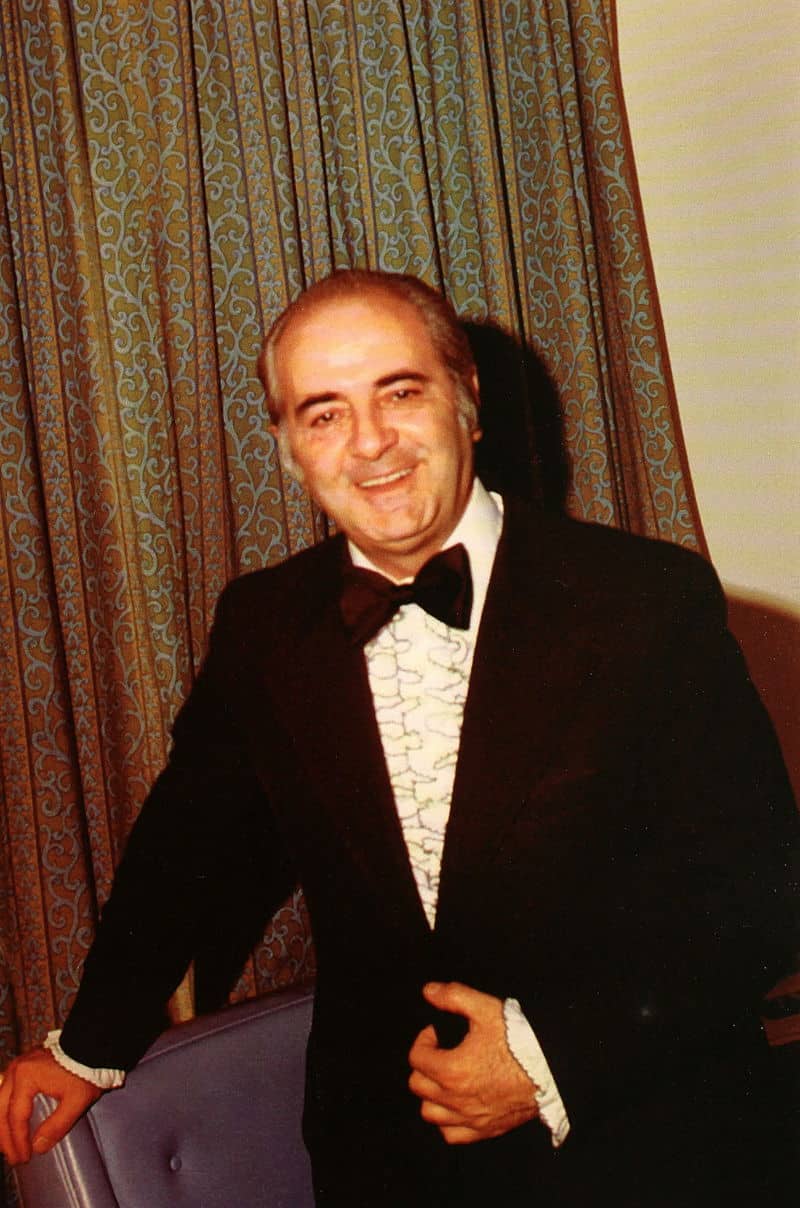What do the songs “Sardarabad” and “Erevan-Erebuni” have in common? Both of them were written on the same year, 1968, by the same poet, Paruyr Sevak, and musicalized by the same composer, Edgar Hovhannisian.
Hovhannisian was born on January 14, 1930, in Yerevan. He finished the Komitas State Conservatory of Yerevan in 1953 and then pursued post-graduate work at the Moscow Conservatory, where he worked under world-famous Armenian composer Aram Khachaturian until 1957. He was the director of the Alexander Spentiarian State Opera and Ballet Theater in Yerevan from 1962–1968, and then headed the Armenian Folk Song and Dance Ensemble (1970-1974). He was the Artistic Director of the Chamber Choir of Television and Radio of the Republic of Armenia (1979-1984) and the rector of the Komitas State Conservatory from 1986-1991. He earned the title of People’s Artist of the Soviet Union in 1986. He was also a deputy of the Supreme Soviet of Armenia (1963-1971) and deputy of the Soviet Supreme of the USSR (1989-1991).
Edgar Hovhannisian is widely considered among the most influential Armenian composers of the twentieth century. He is the author of ballets, including “Marble” (1957), “Blue Nocturne” (1964), “Eternal Idol” (1966) and “Antouni” (1969). He also experimented with various musical styles, including neo-classical, folk-based styles, and even jazz, such as in the “Concert Variations for Saxophone and Jazz Orchestra,” opera (“Journey to Arzrum,” 1987), various vocal-orchestral works (e.g. the oratorio “Grigor Narekatsi,” 1995), and numerous film scores. He was also the author of symphonies (1957, 1983, 1984), works for cello and chamber orchestra, among others.
He died on December 28, 1998, in Yerevan.

